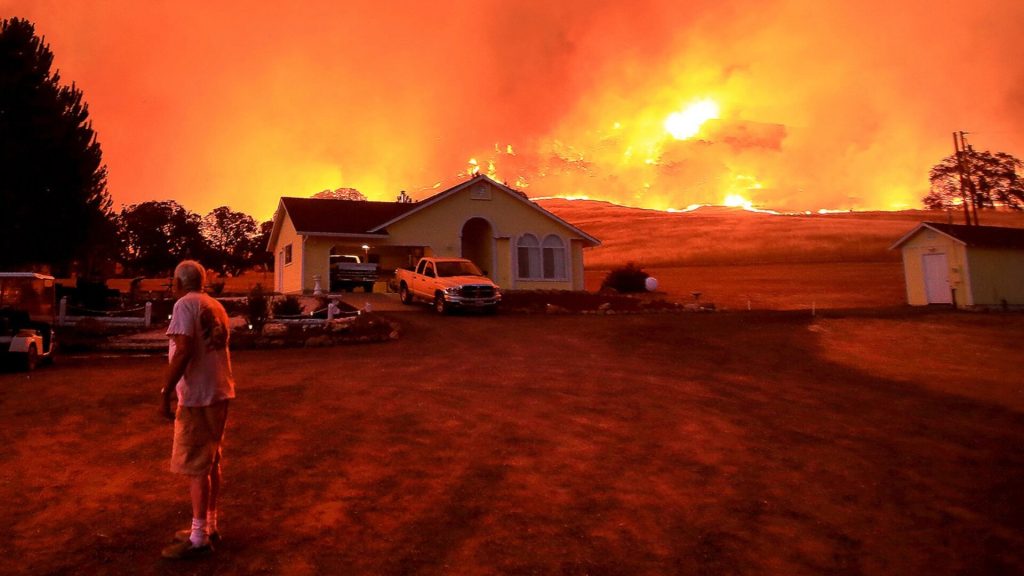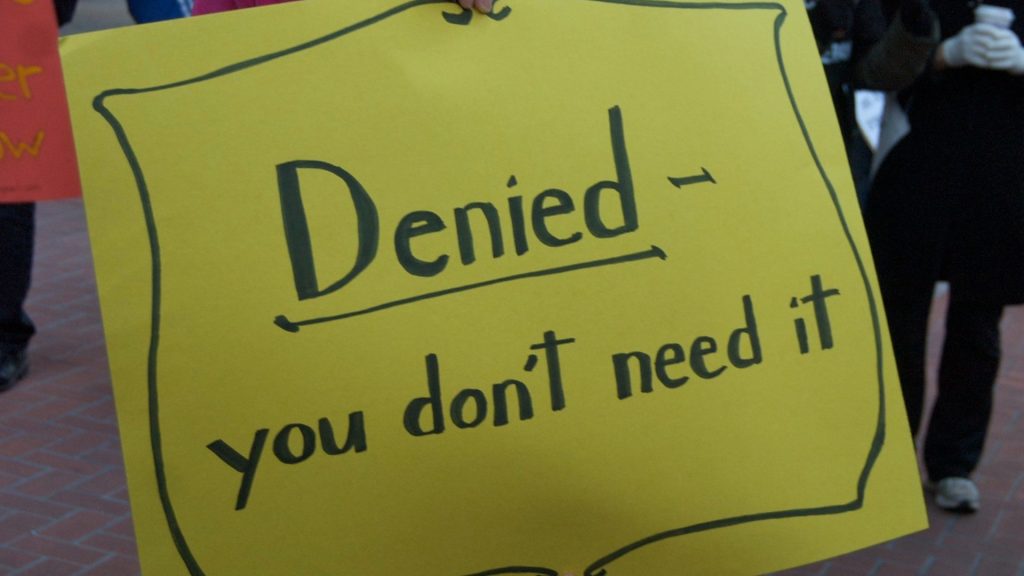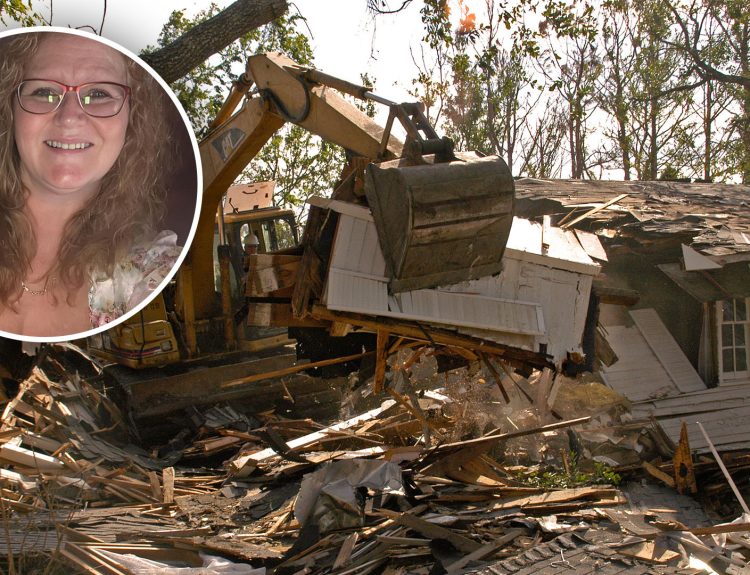It’s not often that an insurance company decides to boycott an entire state, but State Farm is doing just that to California. This decision comes on the heels of the refusal to issue new insurance policies for homes in the state. Why would State Farm do something like this? Let’s take a closer look at the reasons.
A Dangerous State to Cover
Like all insurance companies, State Farm deals with risk to ensure that it can offer coverage to its clients. California has become too risky to cover homeowners.

In a statement, State Farm noted that it would no longer cover homes in California because of the state’s higher incidence of wildfires and other disasters.
Outdated Regulations and Higher Costs Highlighted
The insurance giant also noted that California’s massive cost of doing business was a deterrent against covering homes there, as the cost to the homeowner would be extravagant.

Combined with the state’s outdated housing regulations, the cost of coverage, and the increase in dangerous disasters, State Farm opted out of covering homeowners in California indefinitely.
Hobbled By Outdated State Regulations
The statement delivered by State Farm also outlined that California’s outdated insurance regulations made it impossible to provide the level of care that they are used to giving clients.

They contended that this decision wasn’t made lightly but only after deep consideration of the company’s current financial state and its battle with inflation in other areas.
California Overhauling Insurance Regulations
California recently elected a new insurance commissioner, who has a yearlong task ahead of him in unraveling the nuances of regulation in the state and updating it for modern standards.

This measure mitigated the imploding state market, allowing insurers some leeway in raising premiums and extracting commitments to cover fire-risk areas.
Not a Complete Abandonment
While State Farm no longer covers a wide array of things in California, it’s still offering coverage in other areas. This has caused outrage among some Californians, who see it as a betrayal.

Many people who invested in homeowners insurance with State Farm will continue to have coverage until their policies run out. However, no new policies have been issued in almost a year.
State Farm Will Have to Answer Questions
California is not happy with State Farm’s decision to abandon some 72,000 homeowners, and its Department of Insurance says that the company must answer questions about its decision.

Deputy Insurance Commissioner Michael Soller noted that it was the Department’s purvey to hold insurers accountable, and leading people without homeowners insurance is unconscionable.
No Probe Coming Yet
While the Department of Insurance is concerned about State Farm’s decision, they aren’t yet announcing a probe into the company’s decision to abandon the state. Yet this coverage isn’t a massive part of State Farm’s business.

State Farm stopped accepting new homeowner policies last June, citing a problematic reinsurance climate. The 73,000 homeowners losing coverage only accounts for 2% of State Farm’s total business in California.
State Farm’s Financial Health in Question
The Department of Insurance highlighted that the company’s stopping coverage of a large part of the California market raises a few questions about State Farm’s financial condition.

It’s another reason the Department is asking State Farm to clarify its decision to leave. A poor financial state could impact State Farm’s coverage in its other insurance policies.
State Farm Is Not Alone
Allstate, another one of the major insurers in the country, has also stopped issuing new policies and renewing old ones for homeowners in California. They have cited similar reasons for their decision.

Additionally, Allstate mentioned that homeowners in California would pay significantly more for coverage based on the amount of catastrophes that are likely to hit the state at any given time.
Wildfires Are The Biggest Problem
California’s seasonal wildfires have always concerned insurers, but with increased intensity and frequency, insurers can no longer guarantee low-cost homeowners insurance.

The numbers are staggering. In 2021 alone, California saw 7,396 wildfires, which razed 2.4 million acres of land. In 2022, there were 7,490 new wildfires, although the area burned was far less.
Auto Insurers Are Also Leaving
State Farm still does auto insurance in California, but other companies have realized it’s not a profitable business to get involved in. American Insurance Group (AIG) has ceased offering auto insurance in California.

AIG’s move came in 2022 after a particularly rough year. Between 2020 and 2021, insurer payments for auto insurance policies increased by 25%, while policy costs rose by only 4.5%.
State Farm Not Transparent In Cancellations
While State Farm has noted that cancellations only account for 2% of its California policies, the company did not provide a statement regarding what criteria were used to determine which policies would be canceled.

However, based on the type of cancellations, it was clear that State Farm was limiting its exposure in specific markets. Forty-two thousand cancellations for commercial apartments meant the insurer was entirely out of covering this real estate market sector.
Denied Rate Increases May Factor
In July 2023, State Farm applied with the Department of Insurance for a rate increase of 38.7% on its real estate coverage, citing increased risk in the market because of hazards.

The Department of Insurance denied the request, only allowing a 23% rate hike at the start of March. This could have contributed to the insurer’s decision to abandon the state.
A Lesson In Government Control
California is unique among US states in that it has a very hands-on government. The Department of Insurance determined the rate at which insurance can be raised. While this seems like protection for consumers, it can have negative consequences for service providers.

When a market isn’t left to find its level, and government interference caps the increase in rates, companies have no incentive to operate in such an environment. California is a big market, but not so big as to sidestep profit and loss calculations from a national insurer. Once again, companies pack up and leave while the government pays politics, and the consumer is left holding the bag.






